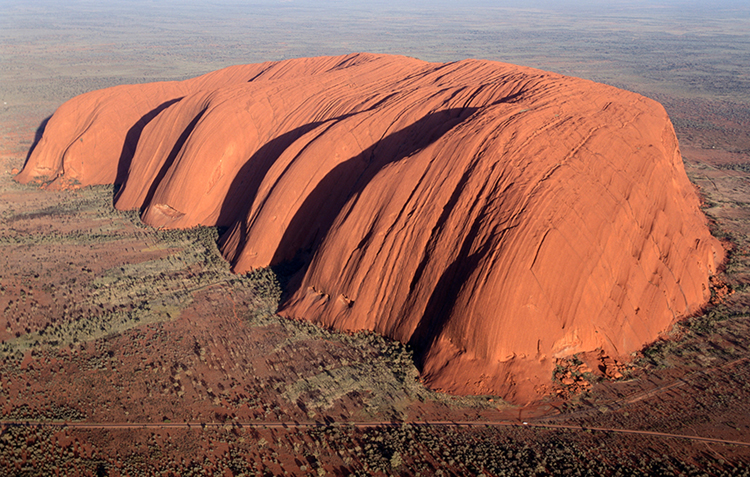Current Events Lesson Plan: January 5-11, 2017
Current Event: Australia’s Extreme Weather
Australia’s Bureau of Meteorology (BOM) recently released its annual climate statement, and it was filled with bad news. Extreme weather lashed Australia throughout 2016, harming fragile landscapes and ecosystems both on land and in the sea. The BOM blamed the damaging weather extremes on climate change as well as an unusually strong El Niño. (El Niño is a periodic variation in ocean currents and temperatures that can affect climate throughout the world.) The BOM listed a number of weather events that devastated parts of Australia in 2016. The cities of Darwin and Sydney saw their hottest years on record, while hot and dry conditions and large numbers of lightning strikes led to raging bushfires in Tasmania, Victoria, and Western Australia. The seas around Australia also reached record high temperatures, causing unprecedented bleaching of the Great Barrier Reef and other coral systems. Some areas in the country suffered drought while other areas saw heavy rains that caused unprecedented flooding. The BOM climate statement warned that such extreme weather events will become more common, even become normal, as global warming continues to reshape Earth’s climate.

This photo of Uluru, also known as Ayers Rock, shows its typically hot and dry environment. Heavy rains in late 2016 caused waterfalls to cascade down the sides of the giant sandstone formation. Credit: © Steve Vidler, SuperStock
Objective:
Australia is one of the largest countries in the world. It is generally warm, and much of the country receives little rainfall. Australia receives most of its moisture as rain. Snow falls only in Tasmania and the Australian Alps. About two-thirds of the country is arid or semiarid and receives less than 10 inches (25 centimeters) of rain a year. Much of the rest of Australia has less than 20 inches (51 centimeters) of rainfall annually. The heaviest rainfall occurs along the north, east, southeast, and extreme southwest coasts. The country lies south of the equator, so its seasons are opposite those in the Northern Hemisphere. Australia is currently experiencing summer, the country’s hottest and driest season, which lasts from December to February. The Behind the Headlines news story and related World Book articles explore Australia.
Words to know:
- Australia
- Bushfires in Australia
- Drought
- El Niño
- Flood
- Global warming
- Great Barrier Reef
- Meteorology
Discussion Topics:
1. Ask your students what they know about Australia. (Students might say that it is the only country that is also a continent; Australia is in the Southern Hemisphere; Sydney is the largest city, and Canberra is the national capital; Australia is famous for its kangaroos, koalas, platypuses, wombats, and other unusual animals; the Aboriginal people were the first humans to arrive in Australia.)
2. Ask your students to debate, “Climate change is the most important issue in the world today.”
3. Ask your students to use World Book’s Timelines feature to view or add to the History of Australia timeline. (Students may wish to use World Book’s “Australia” article for help.)


